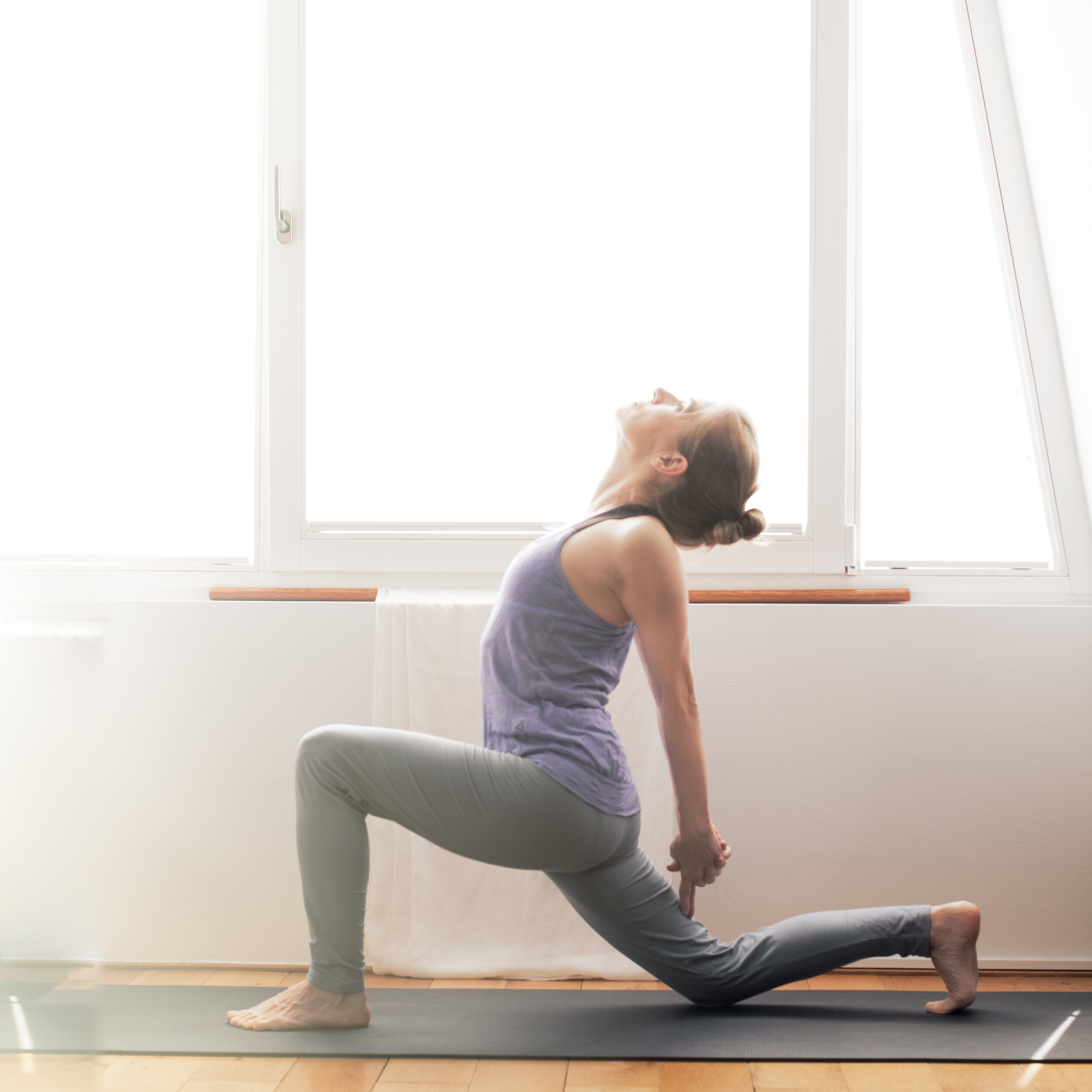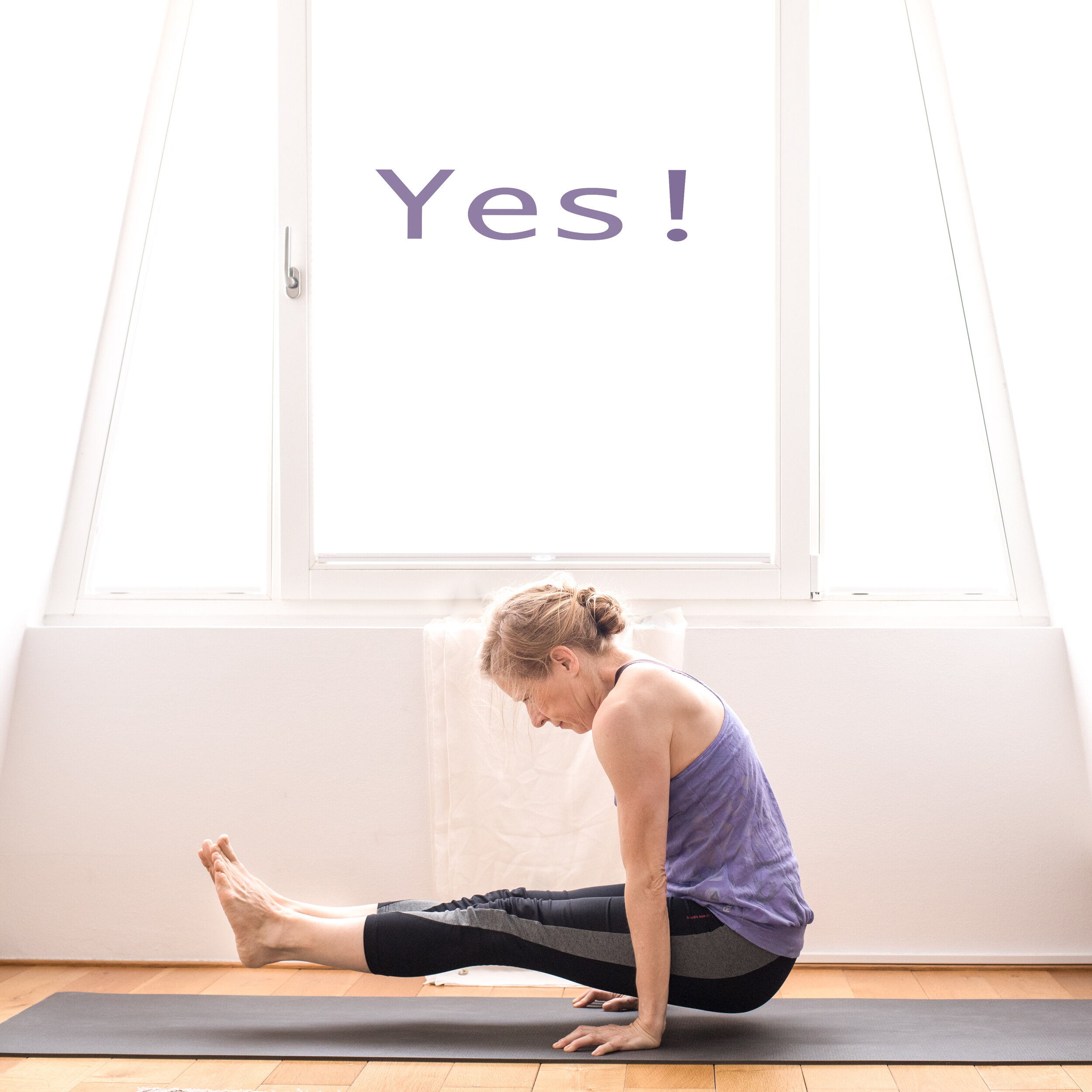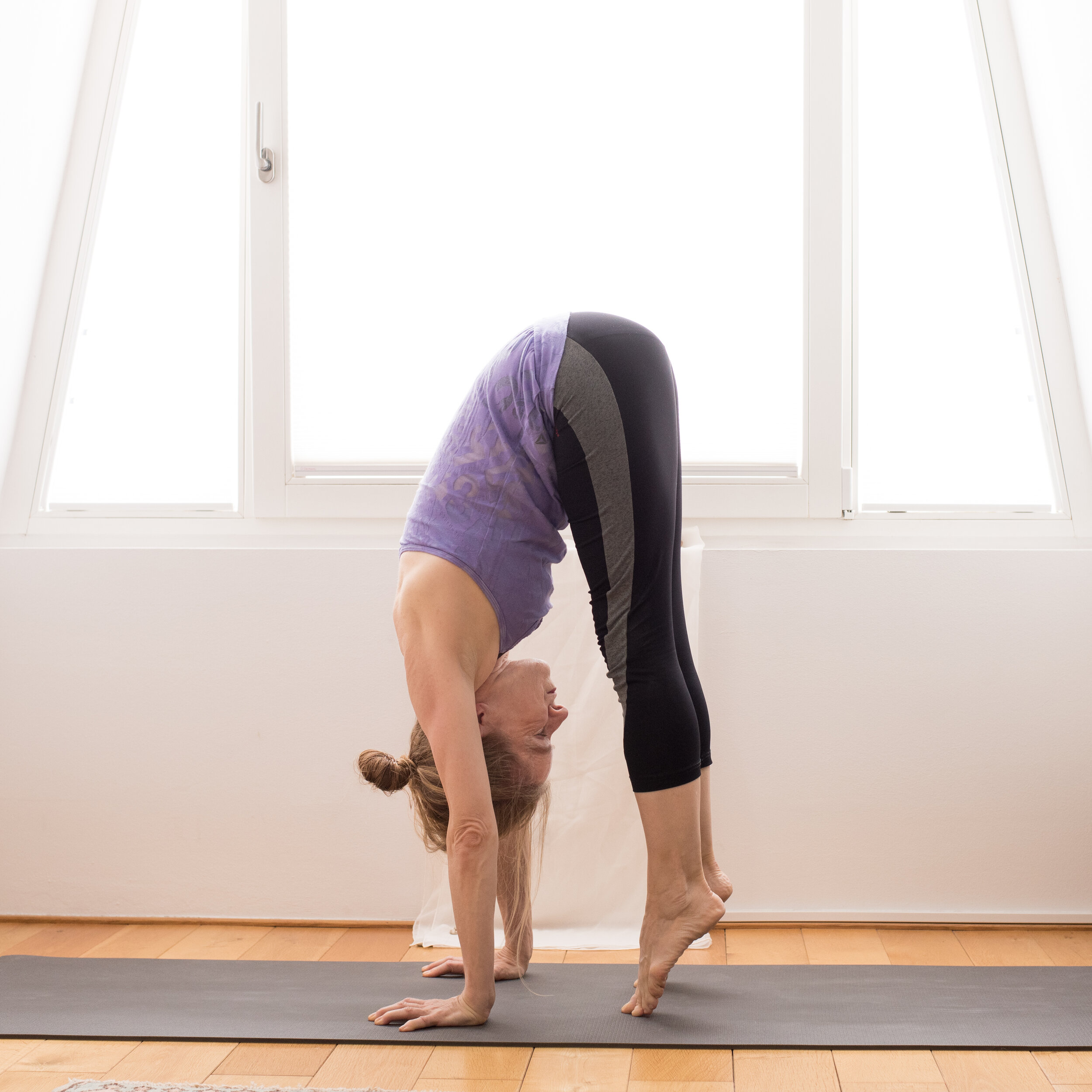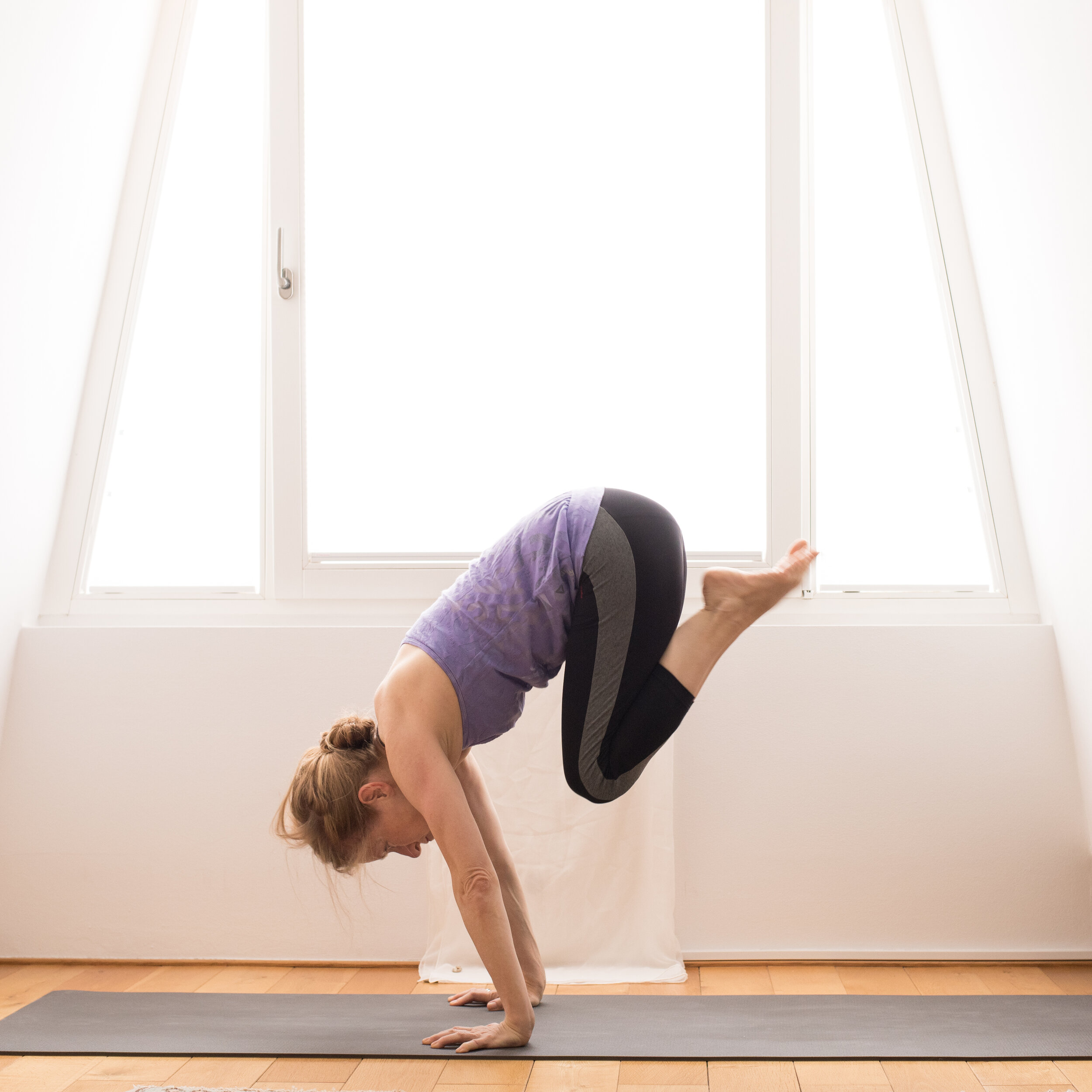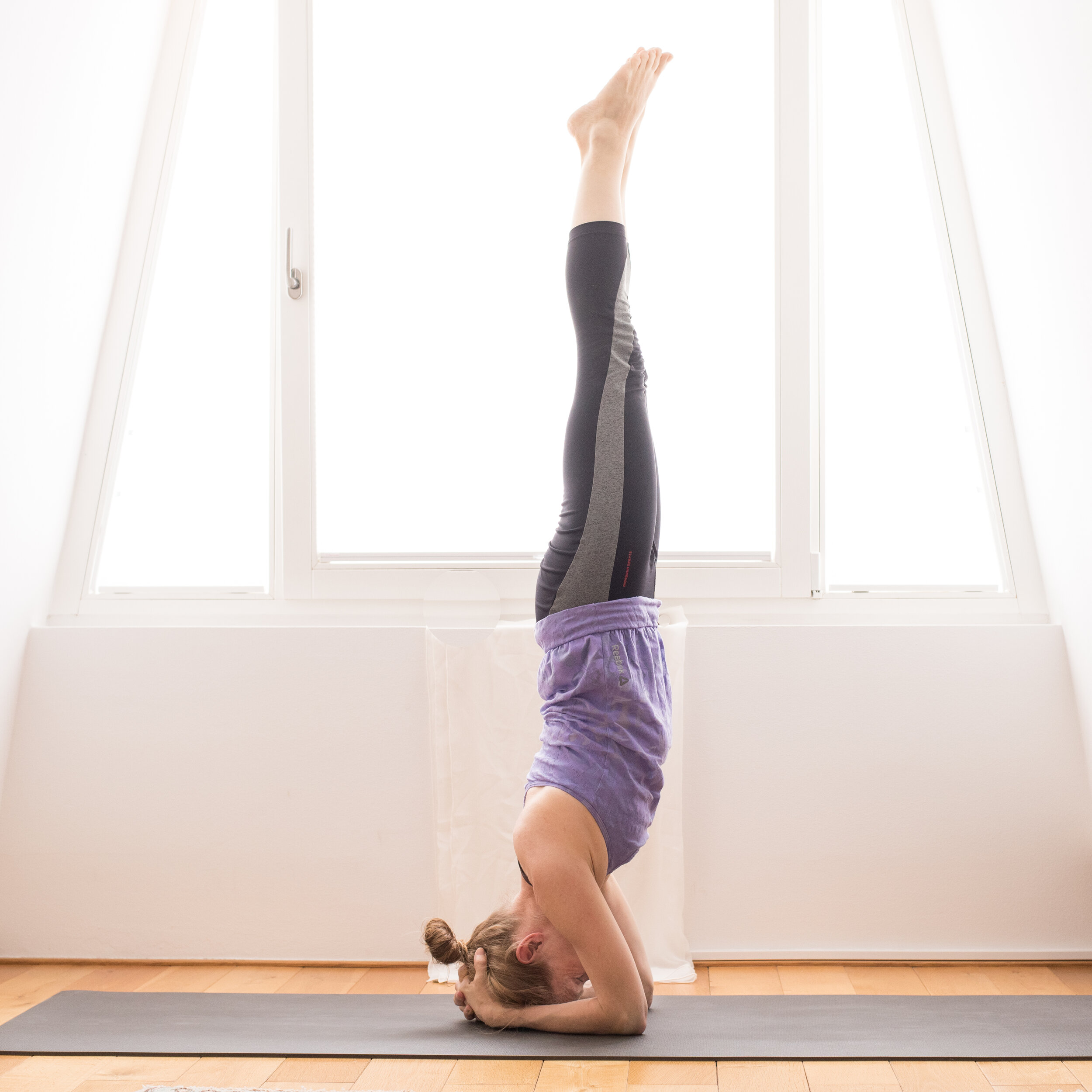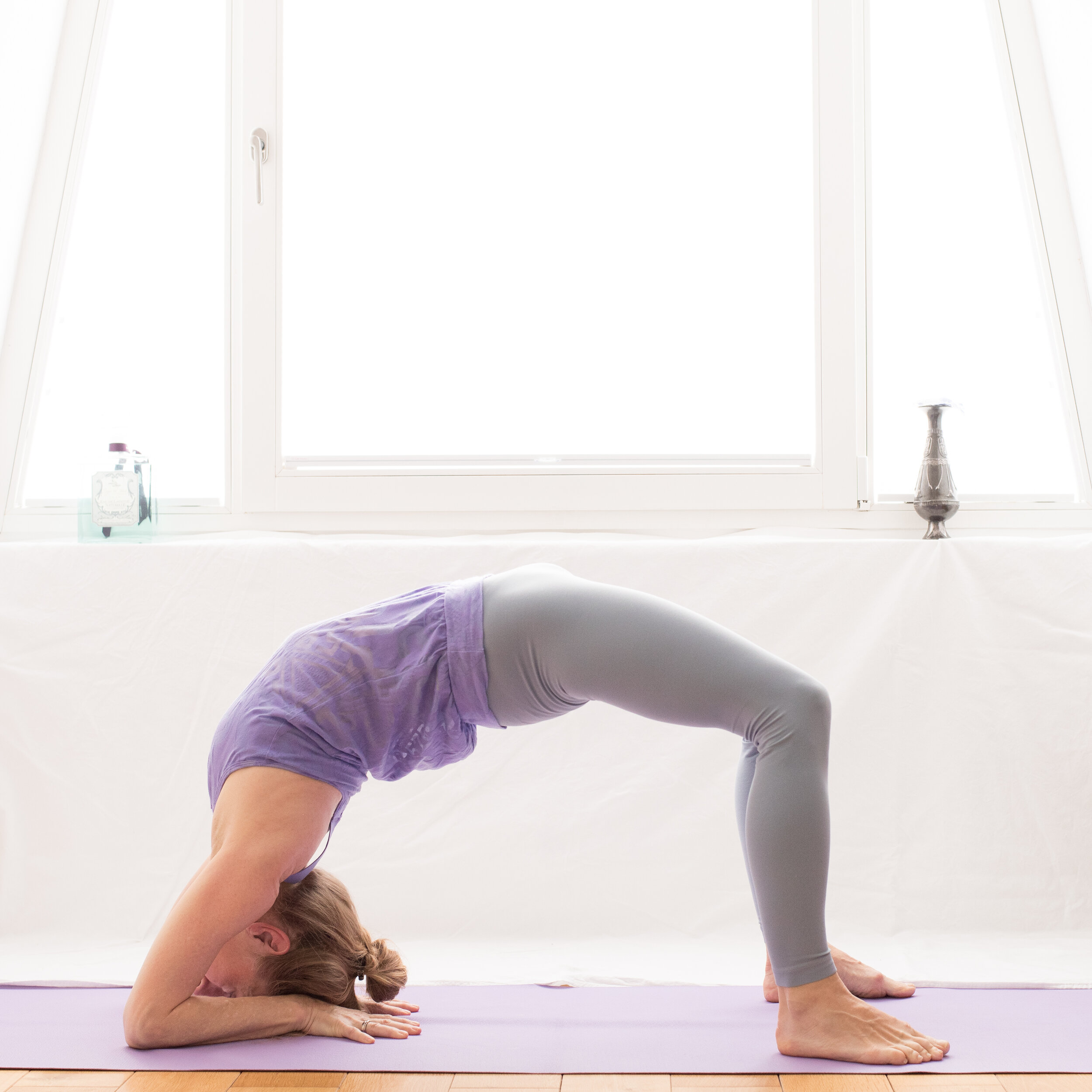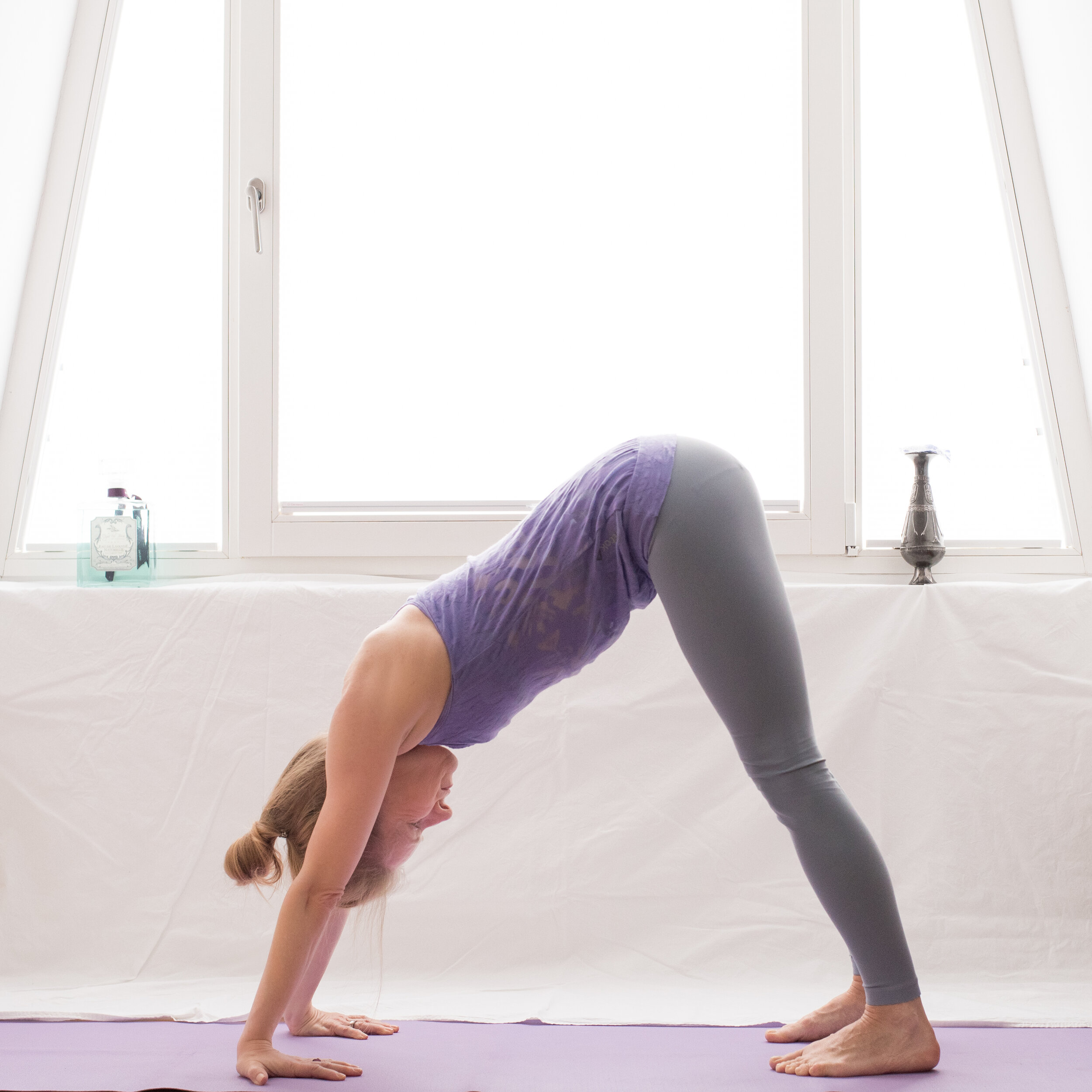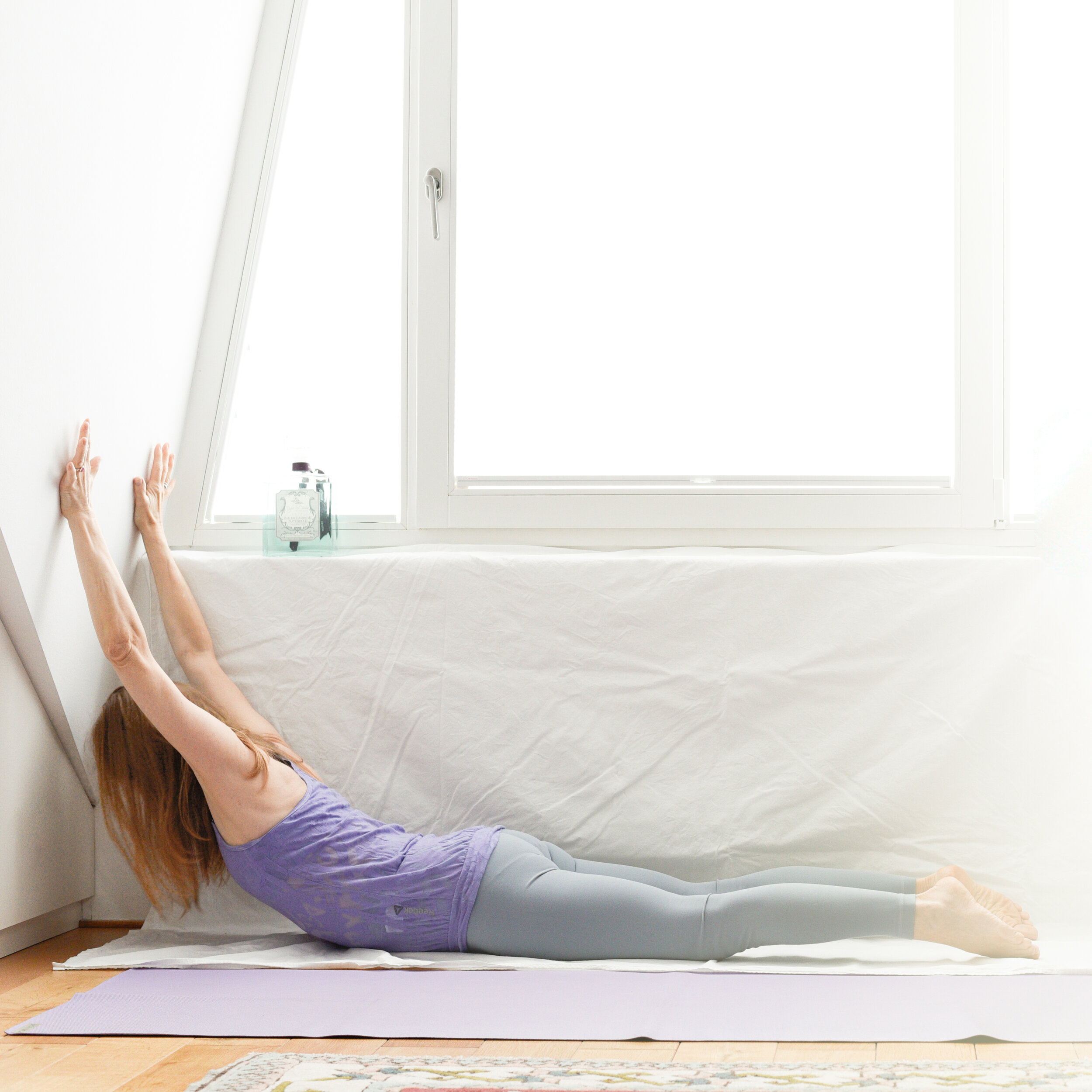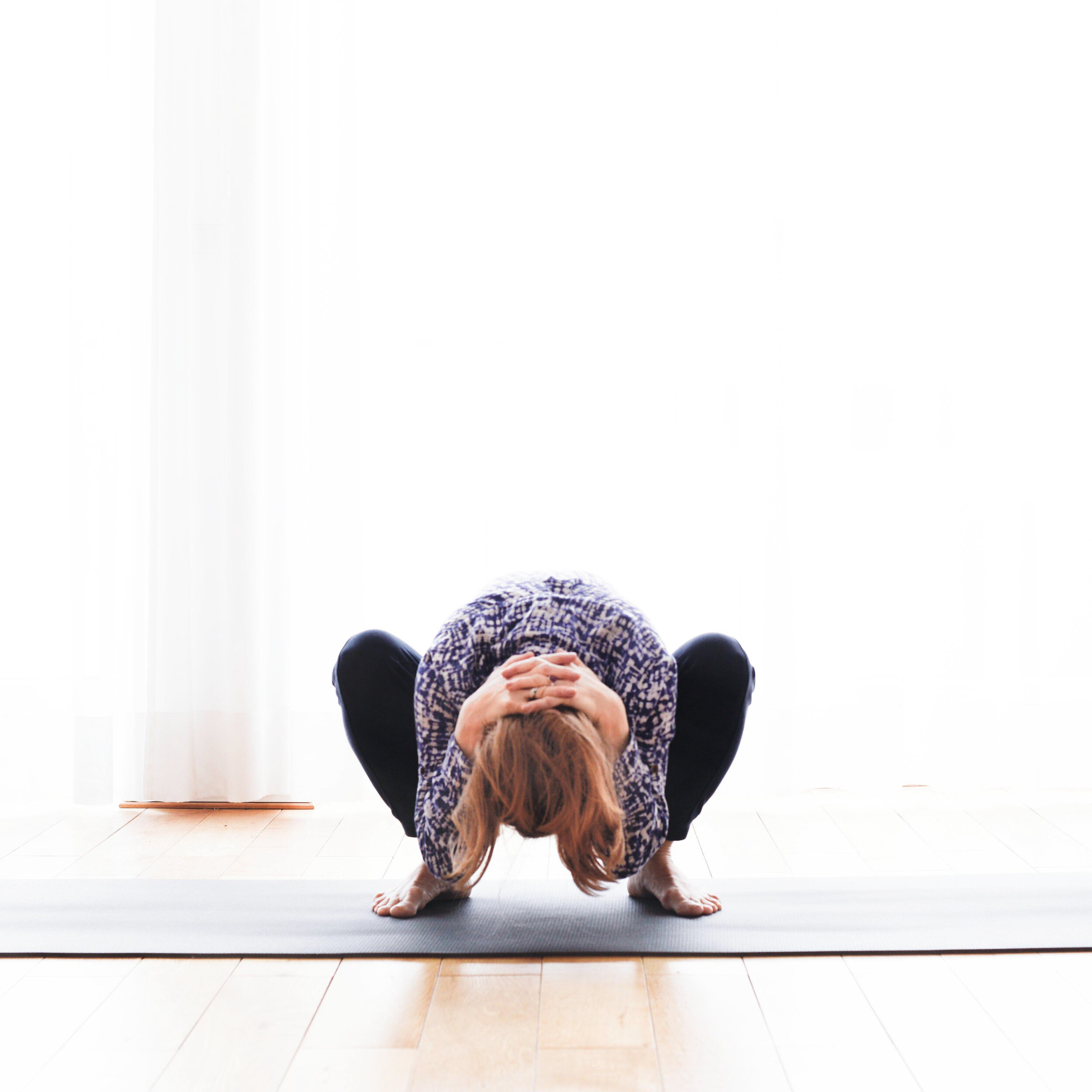Slowly I understand asanas better and better. I know strength, stretching and balancing exercises. I know how to focus and breathe. My mind has learned to think: go for it, it’s possible. I also know that learning never stops. What we all know now, might be proved wrong tomorrow.
During my daily practice I always experience: Nothing is more important than the daily work, the daily practice if one wants to be a serious student of anything. The most effective exercise has no positive effect if not applied minimum three times a week, better every day.
That is after an intensive strength training, a break is recommended. Stretching must be done correctly as well.
My idea is to integrate supportive exercises in my morning practice. Sometimes I step on the mat in the evening as well, but not always. It’s summer time and it’s nice to go out for a walk in the evening.
It’s also important to find one’s own learning method. There are tested methods, but there is also an individual part. There is a tsunami of yoga tutorials on the internet. Many are produced so fast and they are so difficult to follow that they do more harm than good. I try to remember three exercises, when I watch a tutorial. During the next practice I try it. One cannot do everything. It’s too much. Everybody is a master today. Everybody has something to teach. To run from one exercise to the next makes no sense either. Firstly I’d like to being able to perform an exercise easily before moving on to the next challenge. Slowing down might finally speed up the learning process.
We learn from others a lot. It’s also possible to learn from the own practice.
The above exercise is a stretching exercise. Instead of virabhadrasana I practice the above pose as a preparation for the back bending.
My timer is always next to me. It’s easier to hold a pose longer when waiting for an external clue. The sound of a timer can get a lot of authority.
